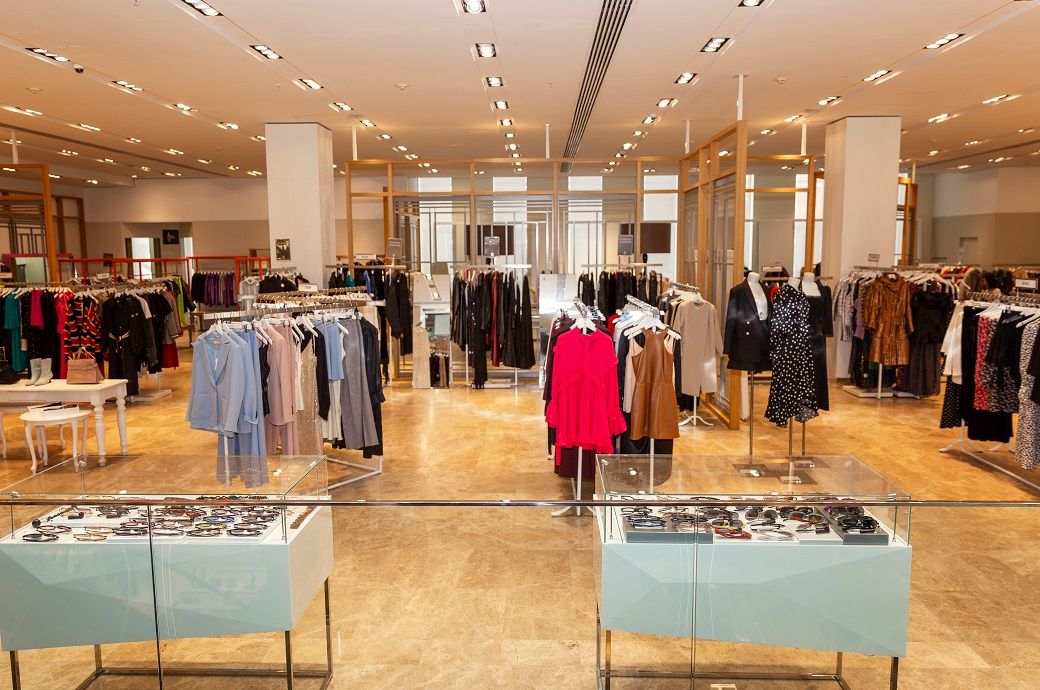
This decline in the clothing industry represents the second consecutive quarterly fall, despite an overall 0.5 per cent increase in retail volumes compared to the same quarter last year. The broader retail market saw a slight recovery from previous quarters, which saw a revised fall of 0.1 per cent in September and a 1.1 per cent decrease in June of 2023.
Despite the quarterly rise, Australia’s retail sales volumes were still down by 1 per cent compared to the December quarter of 2022, with overall retail volumes per capita falling for the sixth straight quarter, down by 3.5 per cent compared to last year, as per ABS.
The increase in sales volumes was primarily driven by non-food related industries, with household goods retailing leading the way with a 2.3 per cent rise, followed by other retailing at 0.4 per cent, and department stores at 0.2 per cent.
Geographically, most states and territories witnessed an increase in retail volumes this quarter, with the exception of Victoria, which saw a 0.5 per cent decline. The Australian Capital Territory's retail volumes remained unchanged.
“Removing the effects of strong population and price growth clearly shows how consumers have responded to cost-of-living pressures. Sales volumes per person have fallen every quarter since reaching a peak in June 2022, although they remain above pre-pandemic levels,” said Ben Dorber, ABS head of retail statistics.
Fibre2Fashion News Desk (DP)